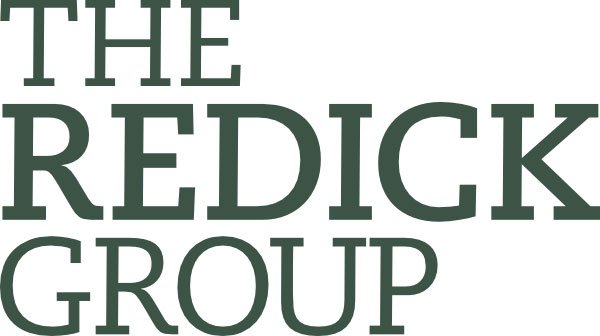Garbage In, Garbage Out: Two Keystrokes that will Transform Your "Advanced Search" Results on LinkedIn
Yesterday, I hung up the phone with a client—a well-known, recent retiree from one of the world's largest investment banking institutions—and immediately drafted this blog post.
The experience was like many others before, and served as the perfect example of how a few keystrokes can transform search results when using LinkedIn's "Advanced Search" feature.
I'm guessing a lot of LinkedIn users don't even know Advanced Search exists, let alone how to use it effectively. Hence this post.
So, my client is in the trenches at the moment—developing the strategy and story needed to position himself for a public board director role.
One seemingly simple, but not-so-straightforward, task is to settle not only on the job title he'll use in a new consulting practice, but also to decide on the professional headline he'll use on LinkedIn.
Professional Headline on LinkedIn: The field immediately following your name on your LinkedIn profile—just below or to the right of your profile photo.
Also: One of LinkedIn's most important fields with respect to being passively found (based on my own LinkedIn user experience).
Do this: Infuse the keywords you believe others will use to find someone like you when querying LinkedIn's Advanced Search function. (As well as Google Search and other public search engines.)
After all, formerly timeless job titles like "Principal" and "Consultant" don't necessarily help tremendously (at least as keywords) when an executive search recruiter is looking for the right public board director and their first step is to type job titles and other defining content into a search bar.
Enter "Principal" into LinkedIn's Advanced Search tool, and you'll get everything from "high school principal," to "principal, eminent domain," to master cupcake baker who uses agave nectar as a principal ingredient.
Remember, this whole thing came up because my client's assignment was to research LinkedIn to identify how he might position himself going forward—not only in his new practice as an advisor, but also as a passive(ly findable) board candidate.
Unfortunately, he hadn't had much luck navigating LinkedIn's Advanced Search function.
Sharing screens, so he could follow along, I entered, "board director [industry]." (Board director wasn't in quotes, by the way. They're included here for clarity.)
What we ended up with was a list of people who are on the employee side of his industry, or who presently hold nonprofit board leadership roles at professional associations within the same industry.
The results weren't helpful for his purposes, so instead, I entered, "board director [industry] -association" (again, not in quotes).
Notice that we included a minus symbol before the word "association."
For good measure, I selected "Harvard Business School" to refine the search.
Suddenly, our LinkedIn Advanced Search results were transformed, and we were seeing people closer to his peer set.
While our original intention was to see how others in similar circumstances had, and are, presently using LinkedIn, the minor refinements unlocked the value of the search results. The experience underscored the "garbage in, garbage out" adage, and made me think, again, about the many millions of users who complain, but don't look beneath LinkedIn's surface.
By the way, this is a bright guy, recognized for his intellect, intuition, and industry intelligence. His opinion can make or break markets. At least if investor behaviors have any influence on markets. He's a top-performer who has reached what many would consider to be the pinnacle of a professional career in the United States—maybe the world. And if he had an aha moment (after all, who sits around thinking about LinkedIn all day long), what does it say about the average LinkedIn user?
If you haven't discovered the wonders of the minus symbol when querying LinkedIn search, or the benefits of incrementally refining search parameters using other query features, take a moment to tinker and see if LinkedIn doesn't finally become the business tool you can't live without.

